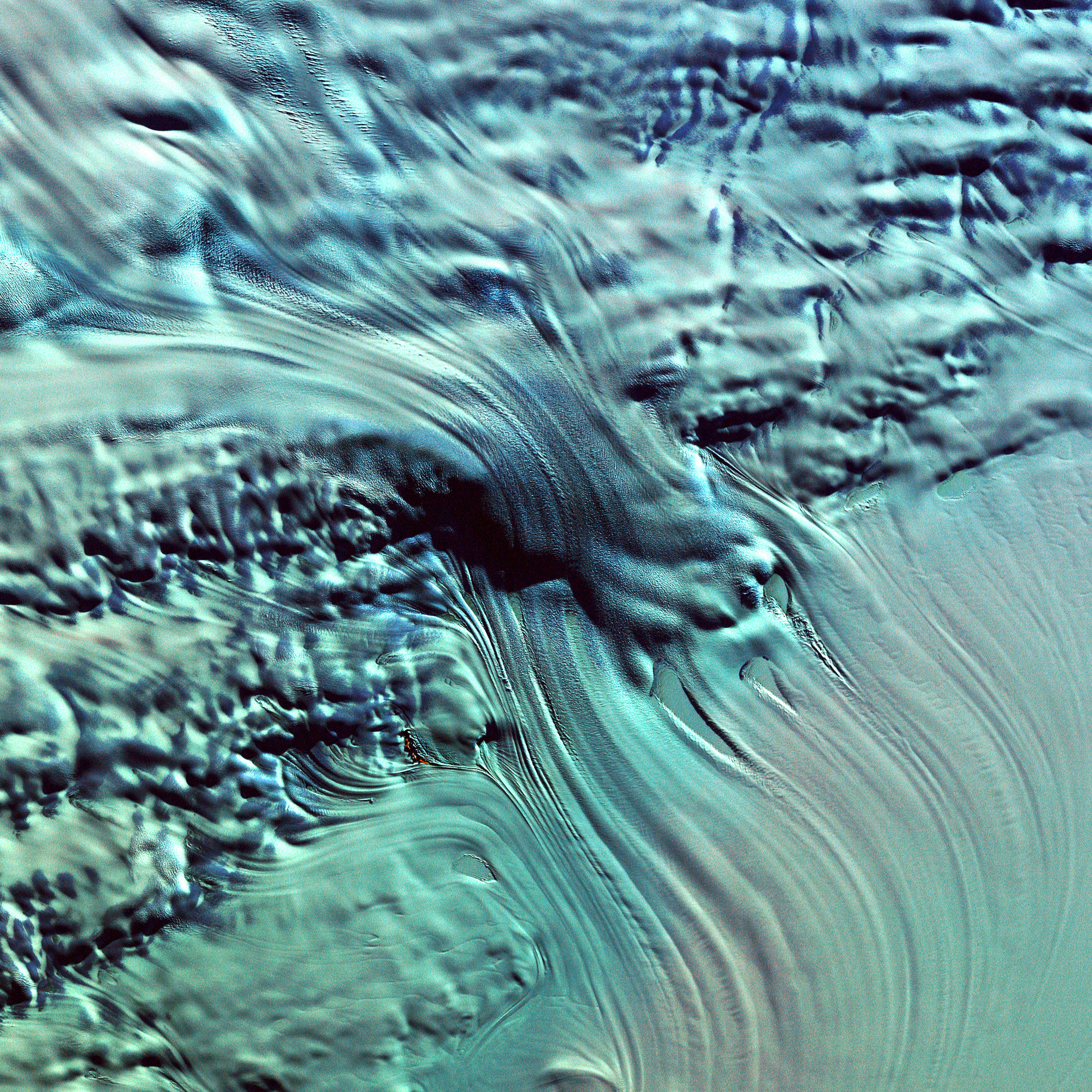Title: Obsessive-Compulsive Disorder and its Compulsions
Obsessive-compulsive disorder (OCD) is a mental health condition characterized by both obsessions and compulsions, though one or the other might not always be visible or manifest at the same time. Contrary to the notion of "pure O" popularized online, OCD never truly exists without compulsions, as per the Diagnostic and Statistical Manual of Mental Disorders, 5th edition, text revision (DSM-5-TR).
People with OCD are plagued by intrusive thoughts, or obsessions, which they attempt to suppress with various measures, including internal compulsions. Internal compulsions encompass thoughts or strategies used to suppress obsessive thoughts, even though they may not be observable. These mental compulsions are still considered a part of the OCD spectrum, as they are an essential aspect of the condition.
Can you have OCD without compulsions?
While external compulsions, such as compulsive handwashing, might not be evident in certain individuals with OCD, the presence of either obsessions or compulsions is a requisite for the diagnosis. The DSM-5-TR attempts to suppress obsessive thoughts with rituals or specific thoughts, which further defines the obsessive component of OCD. These suppression methods can be considered compulsions and are integral to the condition.
Moreover, some people with OCD may display internal compulsions that are not readily noticeable. For instance, they might engage in mental rituals, such as repeatedly reviewing events mentally to prevent harm or ensuring that they have done something correctly. These internal compulsions can be just as time-consuming and distressing as physical compulsions.
While treatment might help reduce the severity of compulsions or even eliminate them in some cases, OCD is typically a chronic condition that can persist throughout a person's life. Regardless of the manifestation, OCD represents a treatable condition that can improve with appropriate care.
What is OCD?
OCD is characterized by persistent thoughts (obsessions) and intrusive, unwanted behaviors (compulsions) that are used to manage these thoughts. Obsessive thoughts might involve fear of death, contamination, causing harm to others, or other intrusive thoughts that the individual finds distressing. Compulsions, on the other hand, are ritualistic actions (either mental or physical) that an individual engages in to alleviate the anxiety caused by the obsessions.
What is pure O?
The term "pure O" is commonly used on the internet in forums and support groups, although it is not a medical term nor an official subtype of OCD. Some individuals employ it to refer to cases of OCD without externally observable compulsions, while others use it to describe instances where someone has an urge to engage in compulsions but successfully controls that impulse. However, there is no scientific evidence to support the existence of an OCD subtype truly devoid of compulsions.
Symptoms of OCD
The symptoms of OCD can vary widely, but they typically involve both obsessions and compulsions. Obsessions are intrusive, unwanted thoughts that cause significant distress and anxiety. Compulsions are ritualistic behaviors that the individual engages in to reduce the anxiety associated with these intrusive thoughts. Compulsions can be either internal, such as prayers or distractions, or external, like repetitive handwashing or counting objects.
If you're experiencing obsessions, compulsions, or both, it's essential to consult a healthcare provider. It's essential to seek treatment if intrusive thoughts are causing distress or if OCD has not responded to previous treatments.
Causes and Diagnosis
Researchers have not yet fully understood the cause of OCD. Genetics might play a role, as heritability rates range from 45% to 65%. Certain personality traits, such as difficulty managing uncertainty, magical thinking, and a high sense of personal responsibility, may also contribute to the development of OCD. In some cases, children may develop OCD symptoms after a streptococcal infection, a condition known as pediatric autoimmune neuropsychiatric disorder associated with streptococcal infections (PANDAS).
To diagnose OCD, clinicians rely on symptoms, history, and the exclusion of other potential causes. Although there is no objective test for OCD, clinicians may use assessments, such as the Yale-Brown Obsessive-Compulsive Scale (Y-BOCS), to evaluate symptoms.
Treatment
Treatment for OCD generally involves cognitive behavioral therapy (CBT), which teaches individuals how to manage intrusive thoughts and compulsions. This therapy also helps people understand and manage problematic thoughts and resist the behaviors that these thoughts may lead to. In some cases, medications, such as fluoxetine, fluvoxamine, paroxetine, and sertraline, are prescribed to alleviate symptoms. These drugs belong to a class of antidepressants called selective serotonin reuptake inhibitors (SSRIs), and doctors may prescribe higher doses to treat OCD than for depression.
Although OCD is a chronic condition, it can improve with proper care. Support, accommodations at work and school, and a safe environment may also contribute to better management of symptoms. CBT and medication have been proven to be effective in reducing the symptoms of OCD, making it a treatable condition.
Regardless of how OCD manifests, it's essential to seek medical care for any intrusive thoughts or compulsions. People with OCD do not benefit from judgment or shaming and require support and concern from loved ones. Organizations like the International OCD Foundation provide in-person and online support groups, education, and resources to help those living with OCD manage their symptoms more effectively.
[1] "Obsessive-Compulsive Disorder (OCD)”. MedlinePlus, U.S. National Library of Medicine, [18 Jun 2020]. Web. 21 Jan 2023. https://medlineplus.gov/obsessivecompulsive disorder.html
[2] "What is obsessive-compulsive disorder (OCD)?”. Mayo Clinic, [11 Sep 2021]. Web. 21 Jan 2023. https://www.mayoclinic.org/diseases-conditions/obsessive-compulsive-disorder/symptoms-causes/syc-20354866
[3] "Cognitive Behavioral Therapy for Obsessive-Compulsive Disorder”. NIMH, U.S. National Institute of Mental Health, [4 Mar 2020]. Web. 21 Jan 2023. https://www.nimh.nih.gov/health/topics/obsessive-compulsive-disorder-ocd/treatment
[4] "Prescriptions for Obsessive-Compulsive Disorder”. FDA, U.S. Food and Drug Administration, [25 Jan 2020]. Web. 21 Jan 2023. https://www.fda.gov/drugs/drugsafety/informationbydrugclass/ucm085541.htm
[5] "Rumination”. OCDF, Oberkotter Consulting, [1 Jan 2020]. Web. 21 Jan 2023. https://ocdf.com/blog/rumination/
[6] "International OCD Foundation". International OCD Foundation, [7 Jan 2023]. Web. 21 Jan 2023. https://iocdf.org/
People with OCD may struggle to manage their intrusive thoughts, leading to the development of mental compulsions as a coping mechanism. These mental compulsions can take the form of repeated mental reviews or rituals, serving to alleviate the anxiety caused by their obsessions. (mentalhealth, ocd)
Despite misconceptions about 'pure O' on the internet, the Diagnostic and Statistical Manual of Mental Disorders, 5th edition, text revision (DSM-5-TR) asserts that obsessive-compulsive disorder (OCD) requires both obsessions and compulsions for diagnosis, as either component can significantly impact a person's life. (ocd, mentalhealth)








